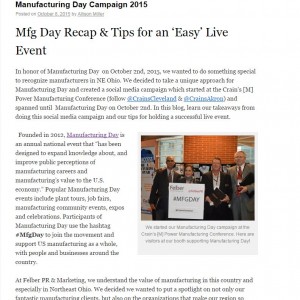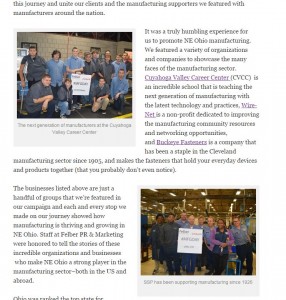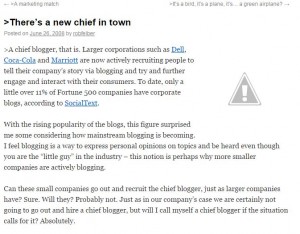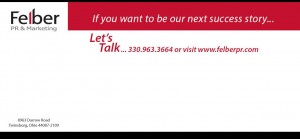The Evolution of Search Engine Optimization (SEO)
The new year is right around the corner and with that comes reflection. What did you accomplish? Where you can improve? I decided to be nostalgic and take a look back at our blog since its inception in 2008 and compare it to our blogs in 2015 to see how our blogging has changed (and hopefully improved). One of our very first blogs talked about the importance of organic (meaning unpaid for) search engine optimization. In this blog, I’ll discuss what we thought then about SEO, our current SEO strategy, and what we’ve learned as a firm from about SEO over the last several years of blogging.
Our SEO Strategy in 2008:
In 2008, our sole SEO focus was using keywords. In a 2008 survey, we polled approximately 50 publishers (60%) and marketers (40%), through online surveys and phone calls, to determine our core keyword areas. Then we took those findings and would cross check with services such as wordtracker.com and websitegrader.com to continually help us in choosing the right key words.
As you can see is the example photo to the left, our blogs in 2008 were very brief. We were on the right track with linking multiple sources in our blogs, as that helps in getting blogs to be found in searches more frequently. Although we used keywords in our blogs and monitored Google Analytics to try and find a correlation between keywords and blog traffic, we weren’t using keywords to their fullest potential. Also, we didn’t understand the value of using photos and tagging them with keywords for Google indexing.
Our SEO Strategy Today:
Today, Felber PR & Marketing uses a very thorough SEO strategy that we utilize across ours and our clients’ social media platforms and blogs.

Manufacturing Day 2015 blog utilizes the keywords “Manufacturing Day” throughout the piece in the photos, headline, and body of the blog to improve SEO & Google indexing.
On the left side is a recent blog I wrote. As you can see, the title is straight and to the point and utilizes our focused keywords “Manufacturing Day”. The keyword can be found in the URL, image names, and the majority of all photo captions on the page. The more the focus keyword is used, the more likely it is to be seen in posts. Like in 2008, we link and cite multiple sources in this blog (and make sure that the hyperlink opens in a separate tab so that people stay on the blog and read our content!

Manufacturing Day 2015 blog uses multiple photos with captions to improve the flow and readability of the piece.
Our blogs are much more thorough in 2015 and highly researched. We also have worked to create a much more visually appealing layout with photos and captions, to make the blog more aesthetically appealing and improve readability. After our blogs go live, we social media the blogs out on all our platforms with the keywords and other appropriate hashtags, all in an effort to gain more readership.
What We’ve Learned:
Organic SEO has changed and grown as a field since 2008. While we were on the right track in 2008 using keywords, we did not realize the extent that we needed to use keywords throughout the blog, photos, and in the URL. We also did not utilize hashtags to our fullest potential in sharing our blog content. Today, continuously monitoring LinkedIn Groups, Twitter, and other key resources to find the latest trends and keywords to use to give ourselves and our clients more visibility. SEO is an ever changing and evolving field. We’ve stayed up-to-date on the latest SEO trends and will continue to learn new processes and ways to leverage SEO for years to come.



